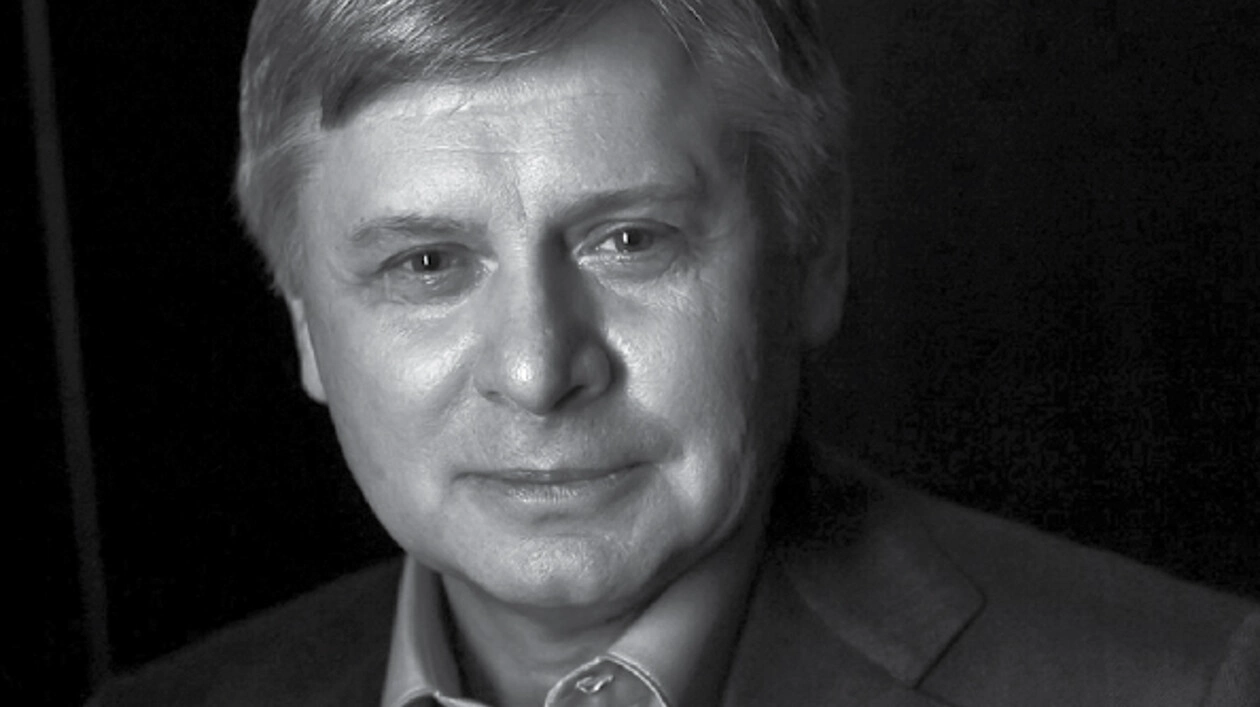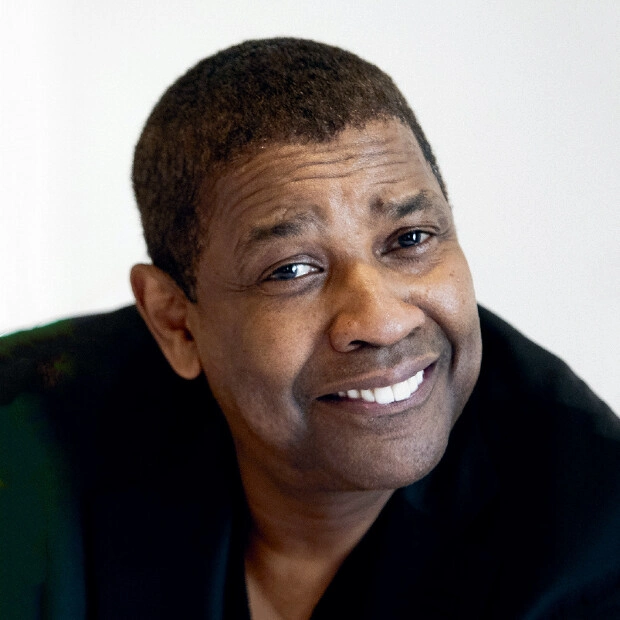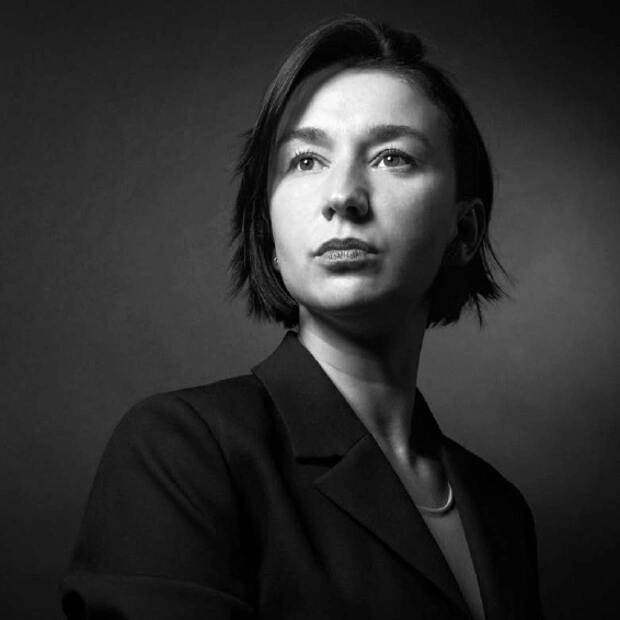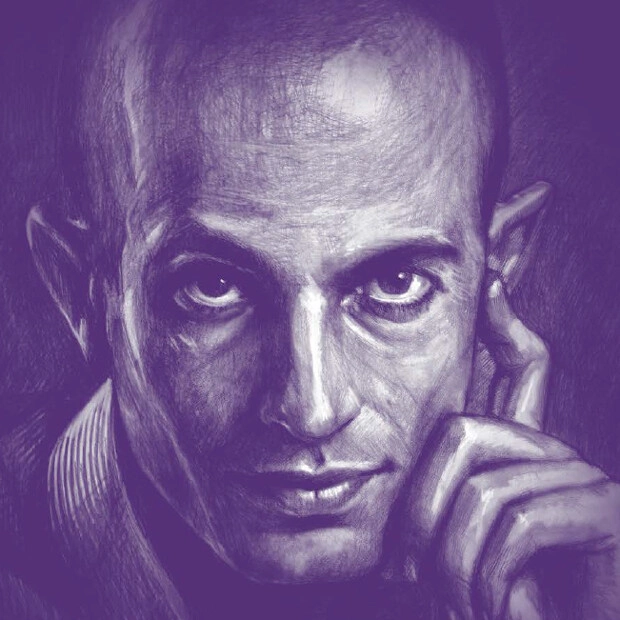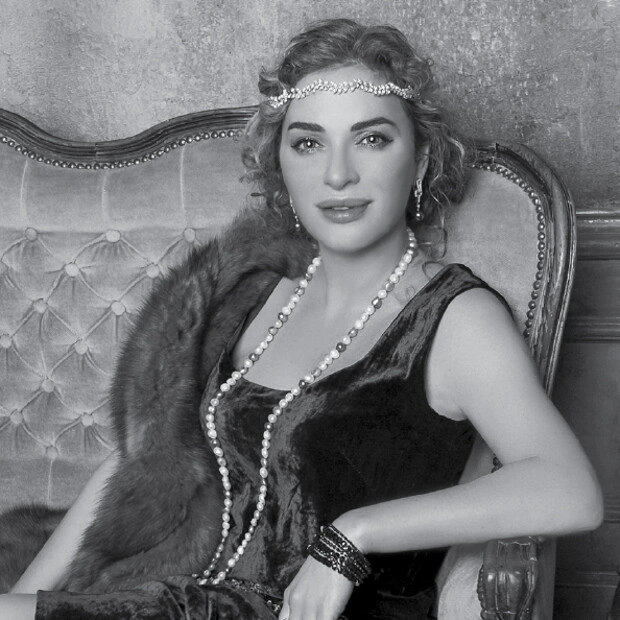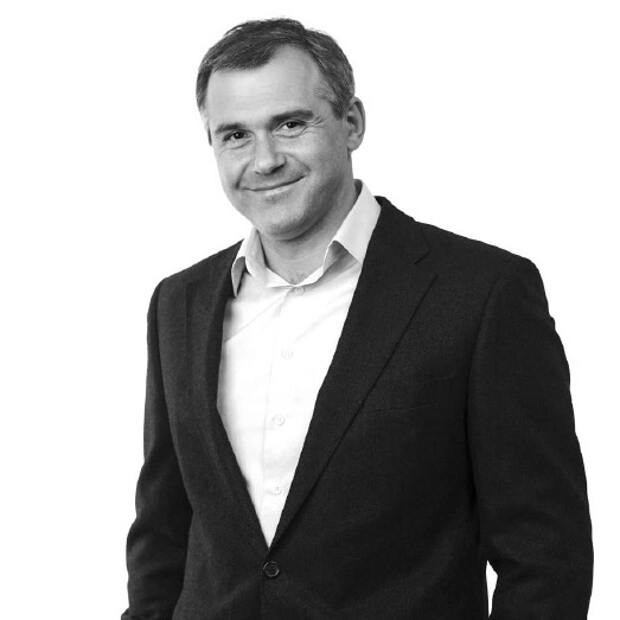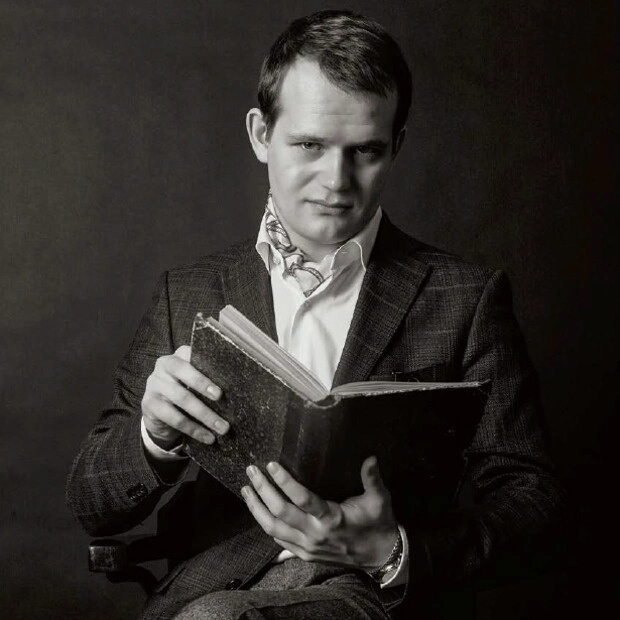People have always staked their faith in something. In God or in the supernatural, in fate or in themselves. And one way or another, that faith has been represented by history, which preserves it in the form of images on totems, sacred symbols painted on tombs, in religious icons, sculptures, and temples. All these works of sacred art are mirrors that reflect their epoch, and hence reflect the beliefs of that period’s people. There are, however, those who believe that the mirror reflecting the 21st century’s sense of the sacred is a crooked one. Entrepreneur, publisher, art collector, and philanthropist, Viktor Bondarenko gives his perspective on the new image of the sacred.
The State Tretyakov Gallery recognised the opening day of "Deisis: Anticipation" as one of the noisiest in the last hundred and fifty years. When I invited Konstantin Khudyakov and Roman Bagdasarov to take up the project, I had a definite goal in mind. I wanted our compatriots, standing in front of the sacred images, to think to themselves: where are we going, what are we doing? And I’m sure that many people have plunged into reflections of the sort, because, for the first time, they were seeing the psychological portraits of the characters of sacral history created with the help of digital technologies. Needless to say, this exhibition required some coordination with the church.
One day, we got a call from Sergei Abramov, from the presidential administration. He said, "Viktor, we’re not going to get into conflict with the church over your project. Give Chaplin a call yourself and coordinate it." So I’d known Vsevolod Chaplin, the prominent priest of the Orthodox church, since 2004. So I got him to come with me to the studio to meet our artist, Konstantin, and see his work. Chaplin walked around, clicking his tongue, while I told him about how we started all this with the best of motives, basing the artist’s works on real images, and that we wanted to represent how they could look in the 21st century, in the context of our digital age… Father Vsevolod said that he got everything, and he even liked the project, but that he couldn’t make the decision.
I prepared well. My flat on Sretenka has a spacious corridor fit to accommodate a large amount of artwork. I went to work hanging up my own personal collection of icons, ranging from the 15th century to the modern day, turned over so the backs were showing. When the church representatives came in, naturally, they gasped. And I began turning the icons back around, one at a time, one by one, asking, “Which Spas is the right one?” Was it Ushakovsky, from the 17th century? Well, maybe that one from the era of Classicism? Or that Spas in the Art Nouveau style? Which one is correct? Can the 21st century, then, not have the Spas of its own? And for what reason should they not be digital? The project was already balancing on such a thin line that this day was certain to make or break my "Matilda". The iconpainting canons’ observation was under Roman’s control we didn’t want to damage anything. And we did not.
We sat down at the table. Everyone fixed their eyes on one of those present, having taken his place at the head of the table. I’m still not sure who it was. They called him Father Sergius. He uttered the words: "Viktor Alexandrovich… For the worldly, the church is a building. But this isn’t the same as for believers. Because, for believers, the church is the house of the Lord. Nevertheless, the Lord’s house still has a foundation, with walls leading upwards, to the dome. And the dome is God. With this project, you come very close to the dome."
We were asked not to name the project "Iconostasis XXI", because of its overly secular nature, and, since we weren’t claiming to have created any new icons, we were also asked to remove any inscriptions from the artist’s works. Under these conditions, the church promised not to interfere. Chaplin proposed the name "Deisis". I didn’t like it a whole lot. "Deisis" comes from Greek, and, translated into Russian, it connotes a certain type of iconography. Imagining what that word would look like on the posters, how it would be read in the magazines, I just thought not everyone would understand. I started leafing through the dictionary, seeing what else the word "deisis" could mean. I came across "anticipation". Suddenly, the picture had a clear outline: I stand before the icon; it looks at me, and I look at it. Anticipation… Thus, the name of the project was born.
Now, allow me to put to rest any speculation about how religious I might be. Icons, to me, are sacred in the same way any fine art is, whether we’re talking about the works of Malevich, Munch, or a painting on an easel. I wanted the "Deisis. Anticipation" project to spur people to think about that. Before the 1917 revolution, the tradition of icons in Russia had been evolving along with the country. Everything that happened within the minds and the moods of the people was put into the icons of the time. Each epoch, therefore, found its place in eternity. Take a look, on the other hand, at the newly built Cathedral of Christ the Saviour. It was resurrected by the finest architects, laboured over by the best designers and artists, but the masterpiece didn’t work out. And how could that be? Because they were driven by the framework of pure stylisation, instead of by something lodged deep within the soul. Because, in order to produce a cathedral from the 19th century accurately, you need to be a person of the 19th century, down to your thoughts and feelings. You would need either to recreate what had been destroyed, or else build something entirely funda-mentally new. It didn’t turn out to be something new; what we ended up with was ersatz, simulacrum.
I, for one, am fond of carriages like the ones on display in the Armoury. But no one in their right mind would strap a motor and air conditioner to one of them. There are, after all, modern cars. In the same way, church art won’t become modern simply because the old form is "illuminated" by new technologies. But the church’s art is part of its sermon. What feelings can a sermon inspire if it’s passed its "expiry date"? It wouldn’t do much to touch my soul. When people visited the "Deisis. Anticipation" exhibition, they had tears in their eyes from what they saw before them. The project touched their souls.
And now, imagine a church built out of composite materials. The kind of temple that Zaha Hadid might have designed. Instead of a chandelier, there’s some kind of laser lighting system. There are holograms. You must agree, it would be strange if medieval music were being played in such a temple. The melodies and rhythms must also change. The sermon would be delivered in rap. You would certainly find that a challenge. And it comes to mind how Christian sermons in the 4th and 5th centuries were derived from a lifelike, modern speech and, for this very reason, they were able to have such an impact on society. Now, back to the most important thing in the church the icons. This church would have a plasma screen iconostasis. Remember, history has seen icons made from wood, fabric, copper, bronze, porcelain, even mother-of-pearl that is, using any materials suitable for their creation that were accessible to the people of the time. So, could icons be made out of plasma displays? I believe they could be. Computer technology is a symbol of the 21st century.
The crisis that our culture is undergoing is evident to us all. Could that be due to the fact that it has yet to refresh what’s at its very core: sacred art? I am certain that modern art can and must intersect with the sacred, filling it with new technologies, unexpected perspectives, and answers to the current moral problems. Don’t think that I’m interesting in destroying anything. I just want to breathe new life into it, to resurrect it. To resume evolution. If we did that, there would be fewer primates living in the Old Testament. And there would be more homo sapiens accepting Christianity on its primary basis, as laid down in the Sermon on the Mount. "Love your enemies," was His exhortation.
